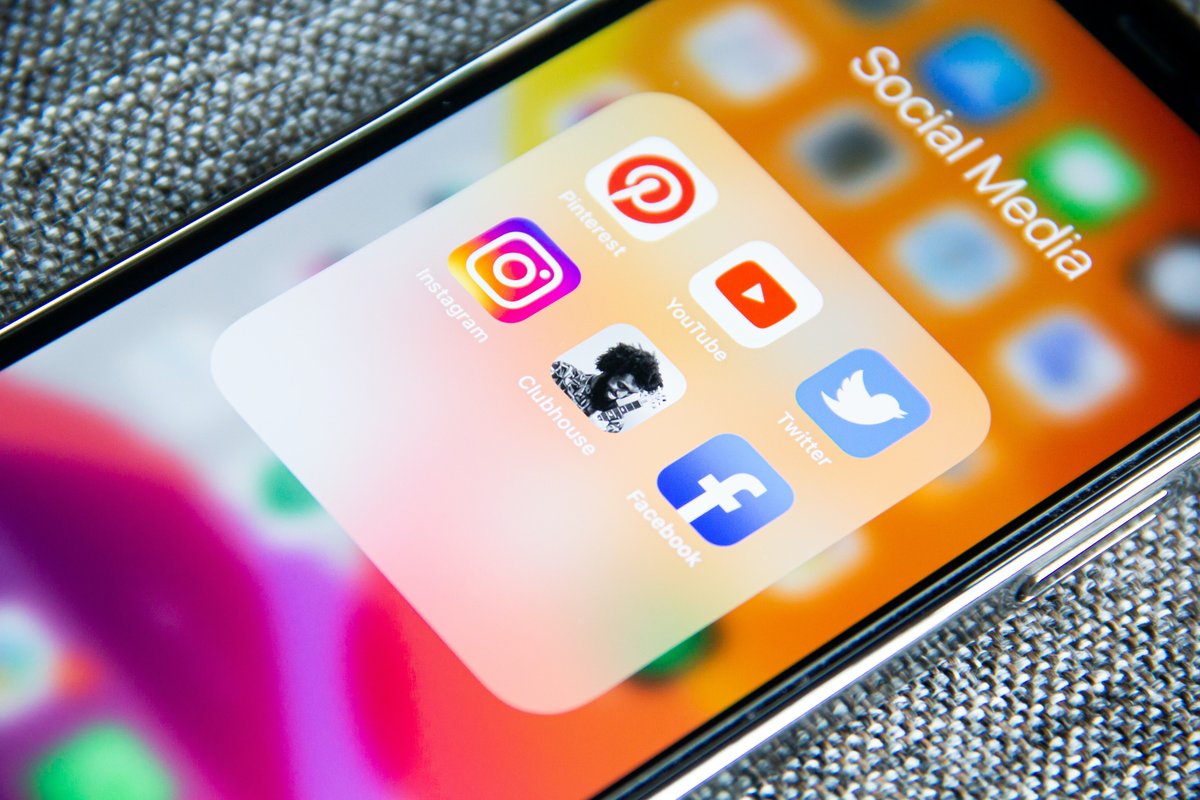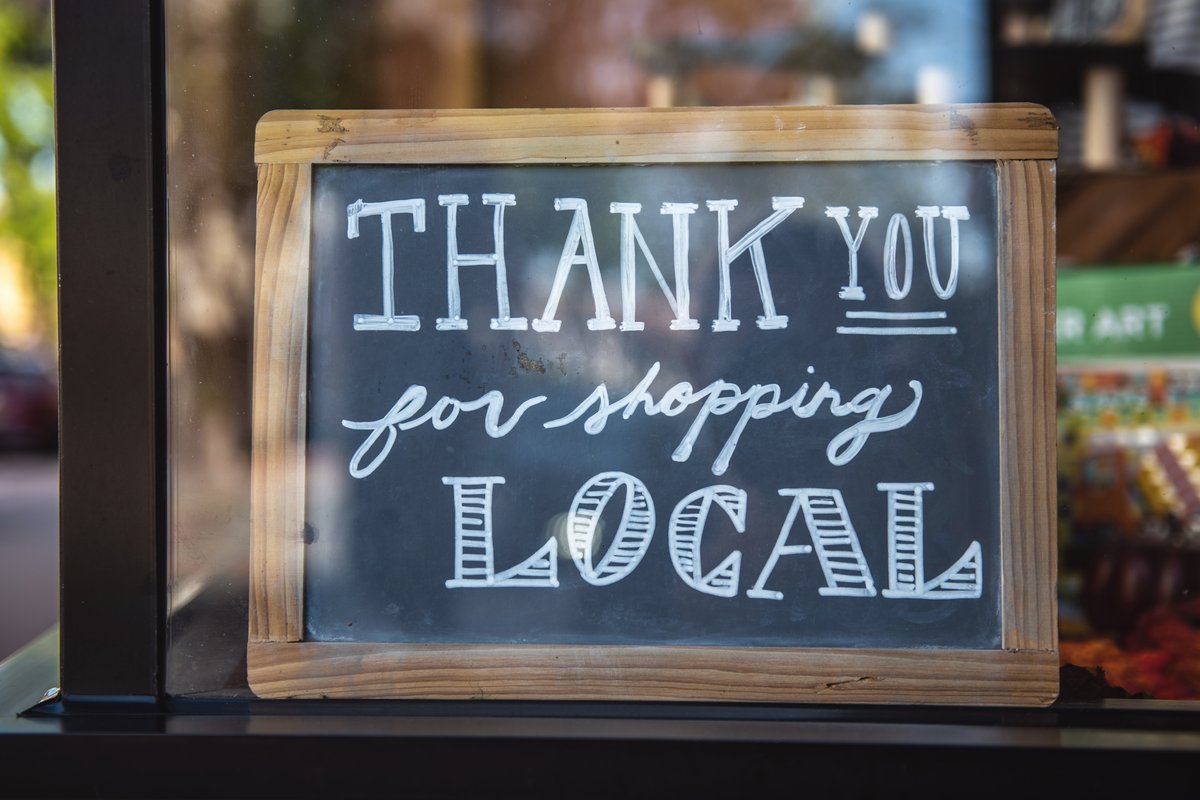Remembering to update your opening hours is critical, especially during seasonal trading. Here are some tips to make sure you are up to date for trading.
Doctor Digital Says

Summertime, DarkMoFO, shoulder seasons, Easter, autumn, winter closures, spring, all those random show days, Tasmania like other jurisdictions has its fair share of diversity when it comes to peaks, troughs and everything in between for trading hours in tourism, hospitality, retail and service businesses. Keeping agile with your hours is part of being in business, but in the busy world of small business everything, updating your social channels about what is happening in the business can be easily overlooked. This has significant brand impact when a customer arrives ready to experience your magic and finds an unexpected 'Closed' sign - especially if any regional travel has been involved.
Consumers use their mobile devices for a significant amount of research-based search, especially when traveling and looking for experiences and places to dine or stay. Often this is last minute or just in time as they are en-route to their destination and rather than call, they simply search and arrive. Even if planning ahead of a visit, information online is assumed to be current.
As the Internet and all its channels are generally seen as the single source of truth, this makes sense, and realistically, a customer shouldn't have to fact-check your business opening hours. The dissapointment/frustration/rage that might be experienced from a human not getting what they want/need instantly when they expect to has some long-lasting brand sentiment, which can be fixed by simply keeping your listings up to date.
The two most commonly used channels for this search are Google and Facebook. Complete Google My Business pages will rank highly in a localised search and often the next listing to appear on Google will be a Facebook page. Many Tasmanian businesses use Facebook as their primary connection with customers rather than a website. For many consumers, the belief that as Facebook is a frequently updated channel, the information will be current and correct, no further investigation is needed.

Communicating Your Opening Hours
The problem for businesses is that much of this reliance on Facebook and Google for information is invisible. When a customer arrives in your venue you often have no idea how they have found you unless you directly ask them. It makes sense that in times of crisis, the background discovery methods are not front of mind when going into an unplanned closure. But if you are dealing with the closures and change to hours of business-as-usual seasonally, then it is reasonable to expect the business will have proactively communicated to customers where their hours are at and how to book or when to come visit. To help with business continuity and maintaining positive brand values, it is a good idea, especially coming into any busy seasonal period like Easter or school holidays, to have a communications checklist so your customers aren't left in the dark.
To create this list, firstly think of all your active digital channels. These could include Facebook and Google my Business, your website, Instagram, Tik Tok, Pinterest, maybe even Twitter or Linkedin. If you are a restaurant or venue, you may also have third-party booking sites. For any of these that you have your opening hours listed or that allow bookings to happen, you need to update for the length of closure and let your customers know about other ways they might interact with your business. If you regularly send an email newsletter or have an email list, you may want to draft an EDM (electronic direct mail) to send out to let your regular customers know what is going on.
While you are thinking about your digital channels, you might also want to think about who has access to them and can edit or change, and if there are certain devices that you do this on. If you are a business owner who gets stuck at home with COVID and can't get back to a physical premises to do your updates, you may want to have another person in the business have those editing rights so they can do the updates - or even just so this delegation takes one more thing off your plate.
If you can't update your website yourself, get in touch with your web designer and discuss how to manage a closure, and prepare a contingency strategy that can be activated if necessary. Better still, learn how to use your back end and make sure you have control over your updates.

Stay Agile + Think of the Customer Experience
Planned closures can and need to be managed well in advance. That will help the people who are proactively planning visits, as well as those who are doing it on the fly. If you are in a peak season business, perhaps you do this in your slower time and look across your calendar, work out staffing needs, opens and closes and then create a spreadsheet/calendarise dates and actions to remind you to update your Google or Facebook or client management systems. Planning and preparation means that you will have a simple protocol and checklist to make sure these things don't slip off the radar and are well prepared in advance where possible.
If you are dealing with an unexpected closure because of COVID, staff shortages, natural disasters etc, you will need to let all your existing bookings know what has happened in a timely fashion, especially if people are travelling or in transit to get to your venue/premises and may not be regularly checking emails or out of range for a phone call. Working out how you cascade an update to your clients to cancel a booking before you have to do it means it will be far less stressful if that situation occurs.
Can you use text or messenger so they have instant updates - and don't forget to let people know what your refund/rebook policy is too so you don't have to field a stack of enquiries when you might need to rest up. Have these planned, pre-written and saved somewhere accessible like a Google doc so you are prepared but hopefully don't have to action.
Analogue actions are important to remember too: leave a message about your updated hours and situation on your answering service message for any incoming calls. A sign on the window with your reopening date is also a good idea for people who do end up at your physical premises. Communicate your seasonal closure strategy with your staff and let them know what the procedure will be for a shutdown and how you are going to restart. Communicate what that might mean for all your people including casuals so there is no ambiguity in the process. Clear communication and a well-planned business contingency strategy can save a lot of stress and heartache for both known and unknown situations.
Let's now look at how to do some of the key updates and create your contingency checklist.

As Facebook is one of the major channels people use to search and find out information about businesses opening hours, you will need to know how to change your hours in the event of a closure. Facebook advises the following process to add or change business hours:
- From your News Feed, click Pages in the left menu.
- Go to your Page and click Edit Page Info on the left side.
- Scroll down to the Hours section. From here, you can add or change your business hours. You can also select Temporary Service Changes if your business is temporarily closed or offering different services.
- Click to check the box next to the days your business is open. Click the hours to edit them. To add more hours, click.
If you don't see an Hours section, you may need to change your Page's category.

Google My Business
Google My Business is an essential tool to boost your SEO and also to get found when people are locally searching for goods or services. Have a completed Google My Business profile means that you get ranked higher, but also that your business is able to be found, has its location and opening hours easily accessible. It also means that you need to update that profile for a temporary business closure or change to your opening hours. Here's how you make those changes:
Log in to the account you use to manage your Business Profile.
- If you have multiple profiles, choose the one you want to manage.
- From the menu, click Info.
- Click the section you want to change, then enter the new information.
- It may take up to 60 days to delete the information you previously added. Information that is also publicly available or from other sources might not be removed.
- Business descriptions, like summaries or keywords from the web that appear next to your business, aren’t editable. Learn more about business summaries.
- Click Done editing.
Learn more about how to edit your business information.
To make changes on the go, you can use the Google My Business app for Android or iOS.
You may not have the time or capacity to do the edits yourself, so you may want to delegate responsibility to other members of your staff, or add other owners and managers to your Business Profile. You can maintain your ownership of the page when you add other owners and managers, it just means more people can help keep the information updated. To assign other people to be owners and managers on Google my Business you can take the following steps:
Log in to the account you use to manage your Business Profile.
- If you have multiple profiles, choose the one you want to manage.
- From the menu, click Users.
- On the "Managers of [your business]" box, in the top right, click Invite new managers .
- To select the user's role, below their name, click Owner, Manager, or Communications manager.
- Click Invite.
Invitees have the option to accept the invitation and immediately become profile owners or managers. When a user accepts an invitation, the owners of the profile receive an email notification. All users in the account can view the names and email addresses listed on the assigned page. To cancel pending invitations, you can click the X in the row with the invitation you want to remove

Here is your getting ready for change or hours or closure checklist to work through this is for planned closures, but can also be adapted to be activated when emergency or a crisis strikes:
- Discuss options for closure with owners/managers and staff, based on capacity, staff and skill levels
- Identify all digital channels to be updated and who has the responsibility to do the updates
- Check everyone who needs them has updated passwords and access to the digital channels
- Work out and communicate how to update booking systems
- Draft copy and responses and have in a digital folder where everyone can access to be put in place ahead of time for changes to hours
- Identify changes required for the website and who can make those changes
- Be clear to communicate a re-opening date
In times of emergency or unplanned closures you can add in to the checklist:
- Communicate contingency planning to all staff and have them agree to the process so everyone is clear
- Make sure to include re-opening date in communications if known
- If there are staff who have latent capacity, consider if there are non-public facing activities that can be done while the business is closed to maximise their value to the business.
- Consider any elements of the business that can be done exclusively online
- Work out how to update booking systems and cancel existing booking
Bottom line? Don't keep 'em guessing.
Small business is hard and fast and furious, it's easy to forget things like adjusting your Google opening hours and Facebook updates. For sure though, like all things in the Digital Ready playbook/songsheet, for busy business, people and seasons, planning in advance, automating where possible, and thinking of your customer experience means that you will sail through the busy periods and hopefully get some down time for yourself in there too, without the panic and headaches of disgruntled visitors leaving you one star reviews for being closed.
As we see year on year, there is no certaintly for weather events and even technical outages which might require quick agile action in your business from you and your staff. Regular contingency planning, plan updating and communicating your plans with key staff will reduce the risk and spread the load. And while you can't stop things from happening, you can certainly make it more certain in its uncertaintly when you put a plan in place.


